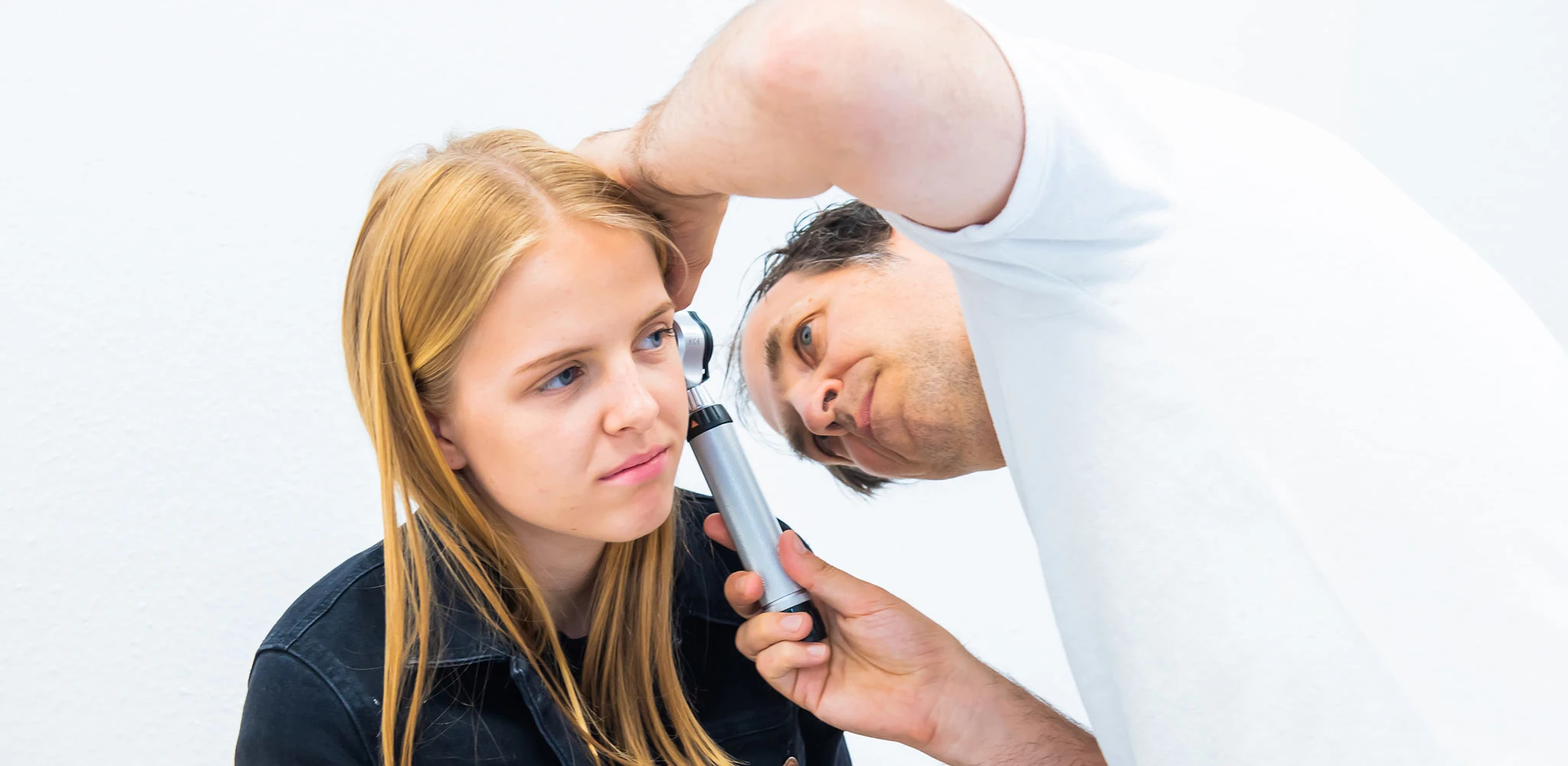Obsessive-compulsive disorder, compulsive behaviour, ritual
Where does compulsive behaviour begin - what are normal rituals? Doc spoke about this with Frank Köhnlein, a specialist in child and adolescent psychiatry and psychotherapy. Here are the most important points from the conversation.
First of all: the smaller the child, the more normal certain rituals are, which can sometimes seem very obsessive, certain quirks. These are an integral and important part of a child's development and are largely normal. For example, a child can only fall asleep if their shoes are parallel or at an exact 90-degree angle in front of the bed.
A real obsessive-compulsive disorder is only present when suffering arises, when the action takes up so much time that an age-appropriate daily routine is jeopardised. Another example: the child has to briefly touch every second lamppost on the way to school. This is quirky, but not a problem for everyday life. However, if the child has to stop at every lamppost for a minute or even walk 50 metres back, then it becomes difficult. This jeopardises the school day because the child never gets to school on time and the whole thing definitely has medical value and needs treatment.
The following is important to know: A compulsion always has a function. As a rule, it helps against unpleasant feelings, especially anxiety. For example, keeping shoes neatly in front of the bed prevents monsters from coming at night.
This is why it is also very important for parents: never ridicule compulsive rituals or shame the child with comments. Instead: Show interest and, if necessary, simply let things go if the child is otherwise doing well in life.
Also important: Always have very sudden obsessive-compulsive symptoms checked by a paediatrician, as there may also be organic causes.
If you would like to know more, here is the link to the interview with Frank Köhnlein:
Further interesting tips
Hand in mouth
When a baby puts its hand in its mouth, parents almost always have one reflex: there's definitely a tooth coming. If I wanted to live from hand to mouth (not in the original sense, of course), I would have realised my brilliant idea long ago - and invented the so-called dentiometer for the U4 examination.
Conjunctivitis
During the cold season, children often present to the practice with oily and reddened eyes. Conjunctivitis - the clinical picture is still often made more dramatic than it actually is.
Constraints
Where does compulsive behaviour begin - what are normal rituals? Doc spoke about this with Frank Köhnlein, a specialist in child and adolescent psychiatry and psychotherapy. Here are the most important points from the conversation.
